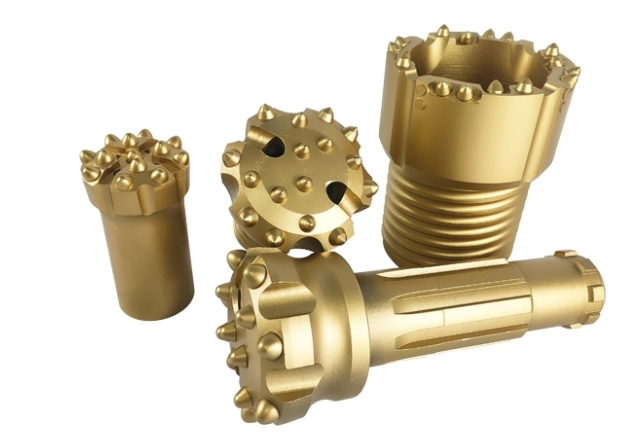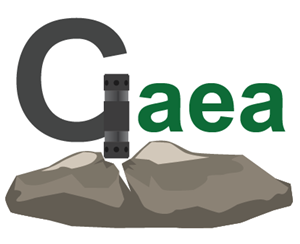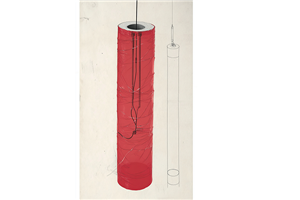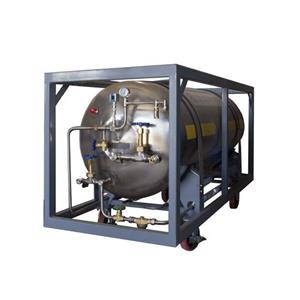Snap ring type VS cross pin type? The ultimate showdown of down-the-hole drill bits
There are significant differences between the snap ring type and cross pin type of down-the-hole drill bits in terms of structural design, adaptability to working conditions and maintenance characteristics. These differences directly determine their application priority in different drilling scenarios. The following is a comparison from a technical dimension, and the core advantages and disadvantages of the two types of drill bits are sorted out in combination with engineering practice:
I. Analysis of core technical differences
(I) Structural design principle ■ Snap ring type: It adopts a split split structure, consisting of two half snap rings distributed symmetrically on the axis, and realizes dual positioning through the internal and external step design - the outer circle of the small end is precisely matched with the inner annular cavity of the front joint of the DTH hammer, and the end face of the large end is fitted with the guide sleeve to form a rigid connection base. ■ Cross pin type: Relying on the preset pin holes of the drill bit and the DTH hammer to insert the cross pin to form a mechanical limit, some models are equipped with a "blocking + spring + rubber rod" stop device, and the anti-slip function is realized through rigid pin connection.
(II) Installation and maintenance characteristics ■ Snap ring type: installation requires inserting the half snap ring in sequence and completing the spline engagement, and the disassembly process is reversed; the optimized design of the DTH hammer can achieve efficient loading and unloading, but the steps are still more complicated than the cross pin type. ■ Cross pin type: The operation is extremely simple, only the cross pin needs to be plugged in and out; but when the cross pin is rusted, deformed or the stop device fails, it is easy to cause disassembly and jamming, and the maintenance difficulty increases sharply.
(III) Comparison of mechanical properties
■ Snap ring type: large contact area and uniform load distribution; the new stepped snap ring shortens the total length of the drill bit and reduces the weight, while increasing the output power of the equipment and reducing the risk of stress concentration. ■ Cross pin type: mainly bears shear load, and the energy of the DTH hammer is directly transmitted to the drill bit through the cross pin, but the stress concentration is obvious, and the cross pin is prone to wear, deformation or even breakage.

2. Analysis of adaptability of application scenarios:
In hard rock drilling operations, the horizontal pin type shows three core advantages:
■ Connection stability: The rigid pin connection structure resists high impact and high torque conditions to prevent the drill bit from falling off; the clamping ring type has the risk of loose connection under extreme conditions.
■ Energy transfer efficiency: The shear load transfer path is short, the impact energy reaches the drill bit directly, and the crushing efficiency is improved by about 15%-20% compared with the clamping ring type.
■ Positioning accuracy maintenance: When the pin hole accuracy is strictly controlled, the verticality deviation of the drilling hole can be controlled within 0.5°, which is better than the displacement defect caused by the reaction force of the clamping ring type.
3. Engineering selection suggestions:
In actual applications, the selection of drill bits needs to be comprehensively considered:
■ Geological conditions: The horizontal pin type is preferred for hard rock formations, and the clamping ring type can be used for medium and soft rock formations;
■ Equipment adaptability: Whether the DTH hammer structure design matches the clamping ring step or pin hole positioning;
■ Cost control: The maintenance and replacement cost of the horizontal pin type is high, but the efficiency advantage can shorten the construction period. It is recommended to collect data through on-site test drilling, and dynamically optimize the selection plan based on drilling accuracy, energy consumption indicators and component life.





